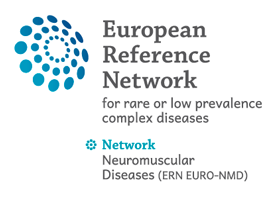10 Sep 2013
Clinical implications of genetic advances in Charcot-Marie-Tooth disease
Authors:
Rossor AM, Polke JM, Houlden H, Reilly MM.
Charcot–Marie–Tooth disease (CMT) refers to a group of inherited neuropathies with a broad range of phenotypes, inheritance patterns and causative genes. The number of disease genes identified in CMT has expanded rapidly over the past few decades, such that more than 60 CMT-associated genes have now been discovered. This rise in genetic discovery can be attributed to the development of next-generation sequencing (NGS) technology, which allows the entire exome or genome to be sequenced in a matter of days. In this Review, we discuss how NGS is being employed in the diagnostic evaluation of patients with CMT and how the genetic advances in CMT are influencing clinical practice. In particular, we explore how genetic advances have broadened the phenotype of CMT and related disorders and how NGS allows a large number of CMT genes to be screened simultaneously early in the evaluation of an unexplained neuropathy. Finally, we discuss the different methods of NGS that can be used in CMT and related disorders, and propose a simple diagnostic algorithm in which clinical assessment and neurophysiology are used to guide the application of phenotype specific ‘panels’.

